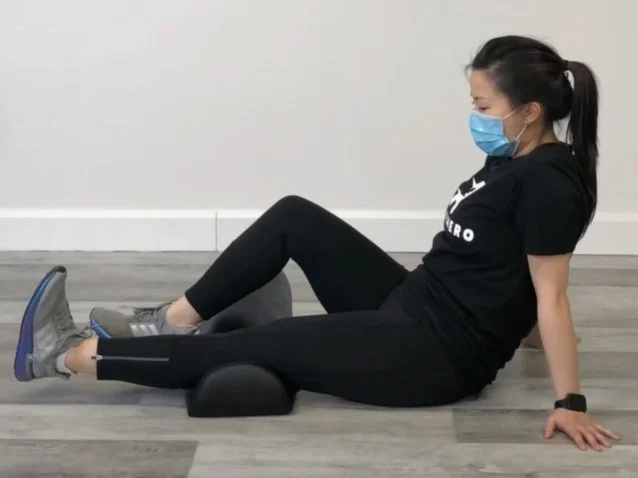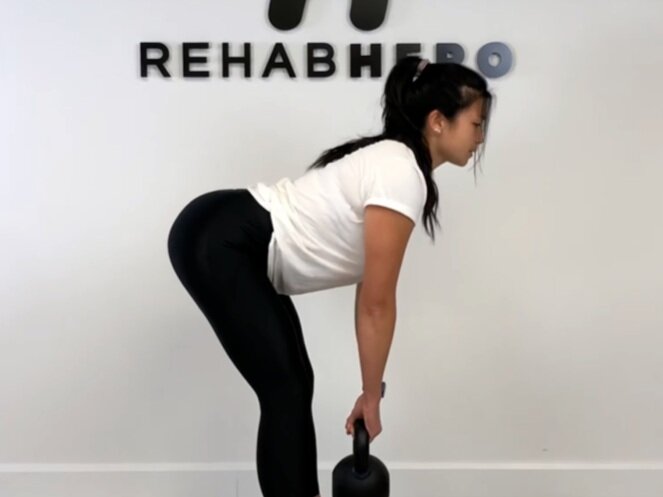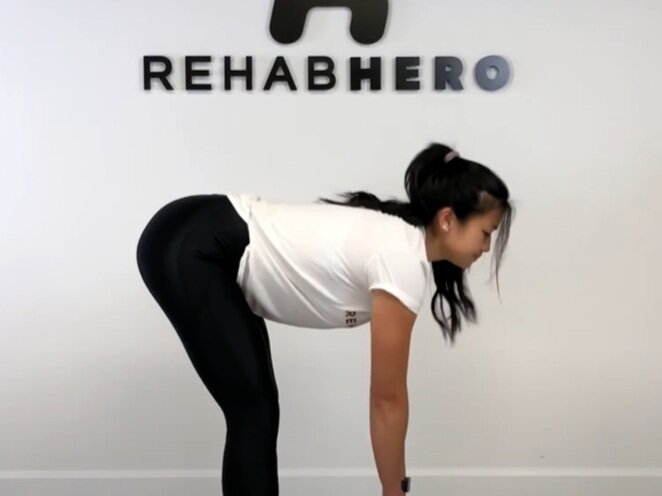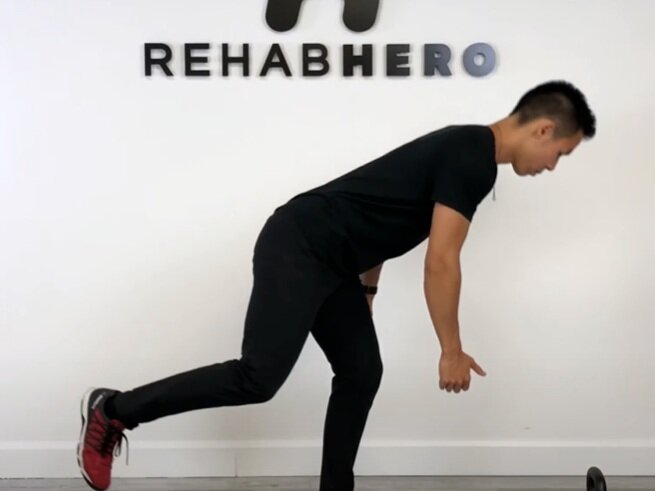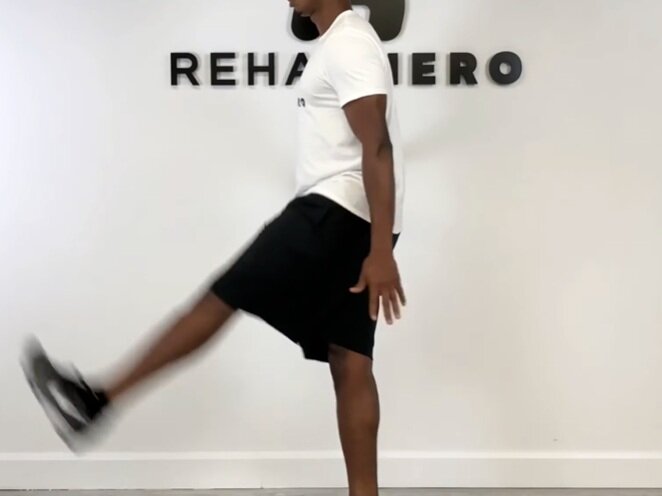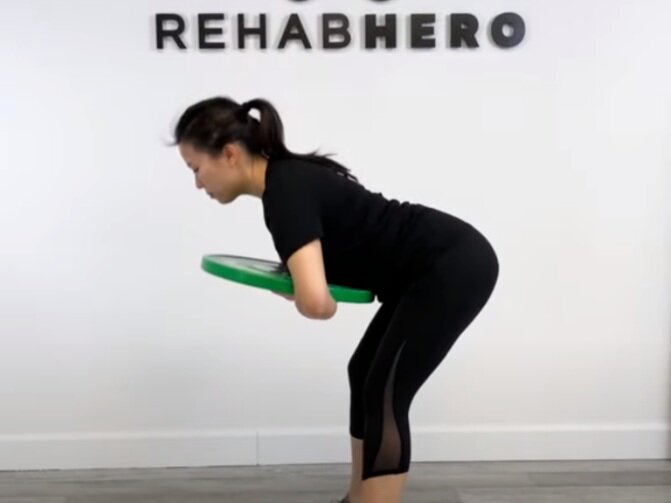Quadriceps Strain
How to recover from a quadriceps strain
Learn about this common weight lifting injury and how to recover from it
What are the quadriceps?
The quadriceps (or quads) is a group of 4 muscles that are found along the front of your thigh. These muscles function to primarily extend the knee. Due to the rectus femoris’ origin, it also acts to flex the hip. The muscles of the quadriceps are the:
Vastus Lateralis
Vastus Intermedius
Vastus Medialis
Rectus Femoris
These muscles form the majority of the anterior thigh and are considered to be one of the strongest muscle groups in the body. They play a crucial role in walking, jumping, running, and squatting. The vastus medialis also plays an important role in stabilizing the patella and knee during functional movements.
How do the quadriceps get strained?
Just like any other muscle, the quadriceps get strained when they are overloaded during an activity. For those who aren’t familiar with what a muscle strain is, it is technically a macro tear that occurs in the muscle belly. Muscle tears are typically graded from grades 1-3. This differs from the micro tears that occurs in the muscle belly as the result of regular weight lifting exercise. To learn about muscle strains in general, check out this article.
Quadriceps strains can occur as the result of a rapid stretch, rapid forced contraction, or from an excessive eccentric contraction.
A rapid stretch can occur when the knee is forced into knee flexion and hip extension at the same time or in isolation. An example of this would be a baseball player sliding to first base (their back bent leg).
A rapid forced contraction of the quadriceps typically occurs when the hip is flexed and knee is extended at the same time, but may also occur when either movement occurs in isolation. An example of this type of injury would be a soccer player kicking a ball when not appropriately warmed up.
Lastly, an excessive eccentric contraction typically occurs when the quadriceps are attempting to slow down a movement. An example would be a powerlifting squatting and straining the quadriceps while they are descending.
How long do strained quadriceps take to heal?
All muscles typically follow the same recovery times when they get strained. Depending on the severity of the strain, some strains will heal faster than others. The general healing times for each grade of strain is:
A Grade One Strain can heal in 2-3 weeks
A Grade Two Strain can take 4-8 weeks
A Grade Three Strain can take 5-6 months or longer
To learn more about muscle strains in general read this article.
What do quad strains feel like?
Quadriceps strains typically hurt more with movement than without movement but can present as a dull ache at the location of the strain when rested. The pain can feel sharp when the muscle is either stretched or contracted. This is because any movement that mimics the mechanism of injury will re-trigger the pain response.
How do you tell if you pulled a quad?
As mentioned about, a quadriceps strain will hurt more when the muscle is being contracted or when being stretched. Due to their function, you may then experience pain when walking, running, stair climbing or squatting. The exception to this is with a full grade tear of the muscle belly - these may not be painful at all as the nerve is severed as well.
Similar to the soreness experienced from working out, the pain may also be worse 1-2 days after the injury had occurred. This is a normal pain response and is not an indication that the injury got worse. Increased pain 1-2 days after injury is considered to be a hallmark sign of a muscle strain.
It is always recommended to be assessed by a health care professional. In Ontario, you may see your chiropractor or physiotherapist directly for an assessment of your injury without the need for a referral from your medical doctor.
What should you avoid doing when your quadriceps is strained?
Generally speaking, muscles benefit greatly from movement as it helps to maintain good blood flow circulation to affected tissues. However, stretching should be avoided for 1-2 weeks as this may cause re-injury to the torn fibers.
How do you treat a strained quadricep?
General light aerobic activities such as walking or using the elliptical is ideal to promote recovery during the acute phases of healing (initial 1-4 days following injury). Once in the subacute stage of recovery (4-10 days after injury), non-aggravating isometric strengthening exercises can be introduced to stimulate tissue remodeling and adaptation. An example of an isometric strengthening exercise is the Terminal Knee Extension exercise:
Terminal Knee Extension:
Following the subacute stage of healing, specific exercises may be prescribed to you by your physiotherapist or chiropractor depending on the functional requirements of your activities / job.
In additional to exercise rehabilitation your clinician may also use modalities or therapies in order to promote recovery times and to decrease pain experienced during the different phases of healing. Modalities may include:
Acupuncture / Electroacupuncture
IASTM / Soft Tissue Scraping
Cupping Therapy
To book in an appointment with a Markham physiotherapist, chiropractor or RMT at Rehab Hero click the button below:
Written By:
Dr. David Song, Chiropractor, Rehab Coach


